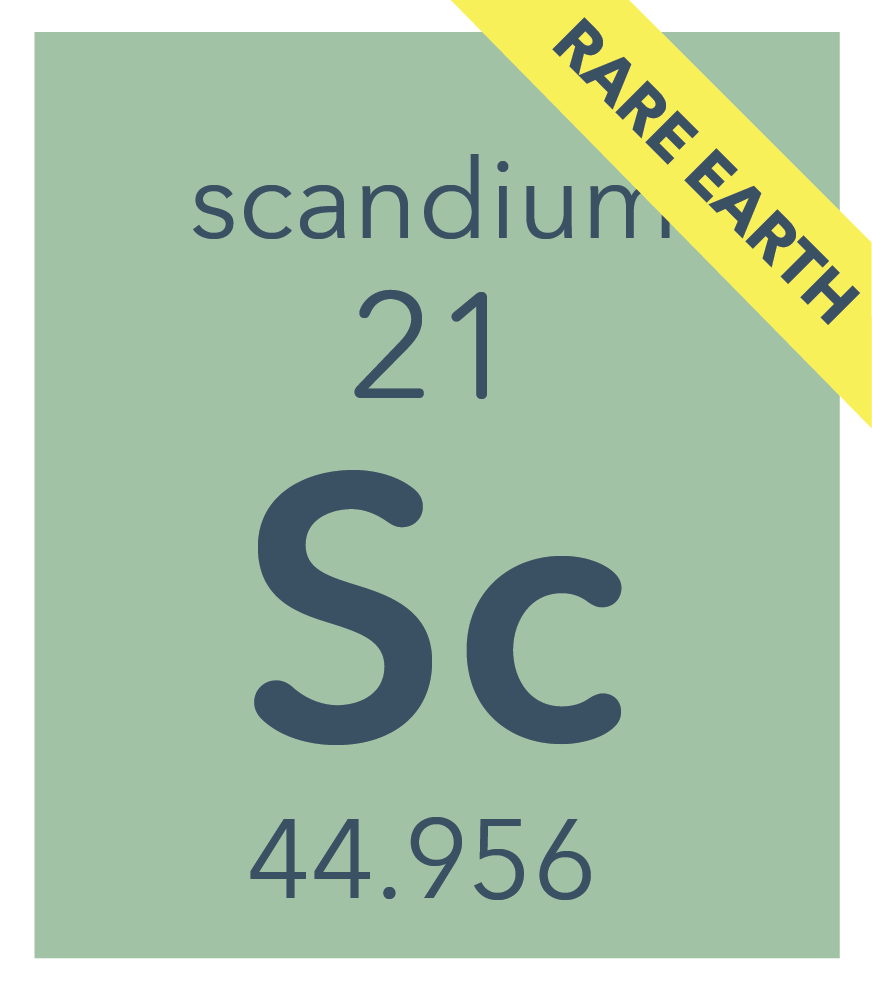
Budapest University of Technology and Economics (BME), Department of Applied Biotechnology and Food Science, Faculty of Chemical Technology and Biotechnology, Environmental Microbiology and Biotechnology Research Group is the number one research group in Hungary developing innovative, risk based environmental management and soil remediation technologies. They are developers of soil assessment and monitoring methods, risk assessment methodologies and innovative biotechnologies as well as integrated remediation technologies.
They have long-term experience in the application of „chemical substances” for soil, assessing the benefits and risks. They are developers of innovative soil remediation and improvement technologies and integrated monitoring technologies. The group is experienced in soil and water ecotoxicology and environmental microbiology. The BME research group is experienced in different types of education and also in the use of information technology for teaching and dissemination.
References: At least five new environmental toxicity testing methods, such as direct contact soil tests with soil living organisms, such as Nematode, Collembolla, bacterial and fungal species, Tetrahymena, etc. At least five successful innovative remediation and soil amelioration technology demonstrations in Hungary, for example in situ combined chemical and phytostabilisation of Zn, Cd and As contaminated waste rock and soil, cyclodextrin enhanced in situ bioremediation in soil, soil improvement with wastes at a municipal landfill, acidic sandy soil improvement with biochar. Risk assessment of a 36 ha former lead and zinc mine and national experts after the Hungarian red mud catastrophe in 2010. More, than 200 publications, books, participation in Hungarian and international research projects.
In SCALE, BME ensures the EHS of developed technologies though eco-toxicity and direct fate studies on chemicals used or discharged. In addition BME participates in developing the ‘European inventory of Sc containing by-products’, utilizing existing national dataset as well as collecting

 Scandium is a chemical element with symbol Sc and atomic number 21. A silvery-white metallic d-block element, it was discovered in 1879 by spectral analysis of the minerals euxenite and gadolinite from Scandinavia.
Scandium is a chemical element with symbol Sc and atomic number 21. A silvery-white metallic d-block element, it was discovered in 1879 by spectral analysis of the minerals euxenite and gadolinite from Scandinavia.
